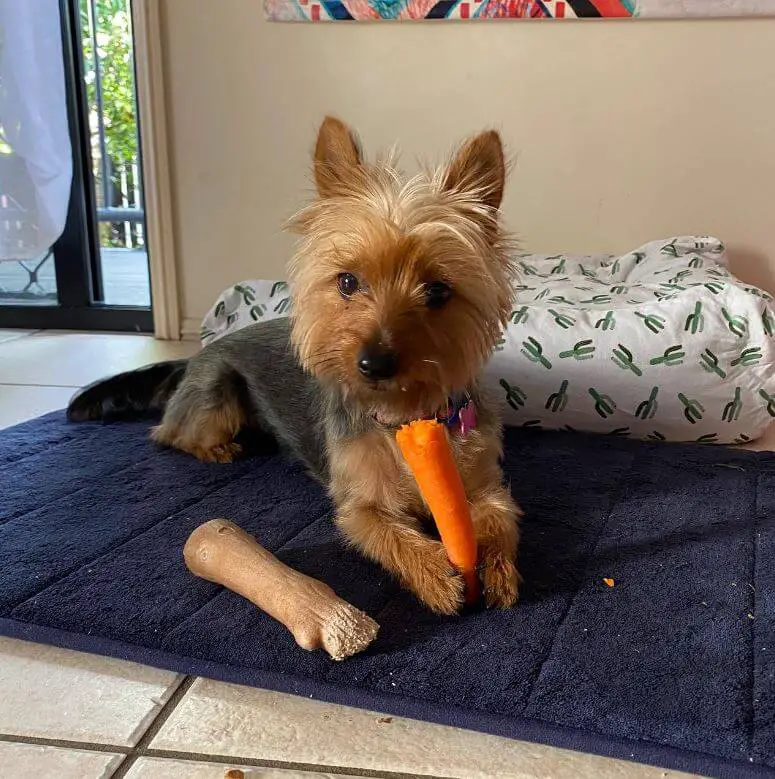Feeding your dog the right amount and frequency of meals is crucial for their overall health and well-being. Just like humans, dogs have specific dietary needs that vary based on factors such as age, size, breed, and activity level. In this article, we’ll delve into the important considerations when determining how often dogs should eat, helping you establish a healthy and appropriate feeding routine for your furry companion.

Factors That Influence Feeding Frequency:
1 – Age:
- Puppies: Puppies have high energy and growth requirements, so they usually need to eat more frequently, typically three to four times a day.
- Adult Dogs: Adult dogs generally eat fewer meals, usually one to two times a day.
2 – Breed and Size:
- Small Breeds: Smaller breeds may have faster metabolisms and smaller stomachs, which could mean more frequent meals.
- Large Breeds: Larger breeds may have slower metabolisms and can be prone to bloat, so fewer, larger meals may be recommended.
3 – Activity Level:
- Active Dogs: Dogs that are highly active, such as working dogs or those engaged in agility training, may require more frequent meals to sustain their energy levels.
- Less Active Dogs: Less active dogs may do well with fewer meals to prevent overeating and maintain a healthy weight.
4 – Health Status:
- Dogs with certain medical conditions or those recovering from surgery may have specific dietary requirements that impact their feeding frequency.

Establishing a Feeding Routine:
1 – Consult Your Veterinarian:
- Your veterinarian is the best resource for determining the appropriate feeding frequency for your dog based on their individual needs.
2 – Choose a High-Quality Food:
- Select a balanced and nutritionally complete dog food that suits your dog’s life stage, size, and specific requirements.
3 – Puppy Feeding Schedule:
- Puppies require more frequent meals due to their rapid growth. Divide their daily food intake into three to four meals until they reach adulthood.
4 – Adult Dog Feeding Schedule:
- Most adult dogs thrive on one to two meals per day. Spread meals evenly throughout the day to prevent long gaps between feedings.
5 – Meal Timing:
- Consistency is key. Establish a regular feeding schedule and try to feed your dog at the same times each day.
6 – Portion Control:
- Measure your dog’s food portions based on their specific nutritional needs to prevent overfeeding or underfeeding.
7 – Observe Your Dog:
- Pay attention to your dog’s body condition, energy levels, and weight. Adjust feeding frequency if necessary to maintain a healthy weight.
Transitioning to a New Feeding Schedule:
- If you need to change your dog’s feeding frequency, do so gradually over a week to prevent digestive upset.
- Monitor your dog’s response to the new schedule and adjust if needed based on their energy levels and overall health.

Determining how often your dog should eat involves considering factors such as age, breed, activity level, and health status. By consulting your veterinarian, selecting a high-quality food, and establishing a consistent feeding routine, you can ensure that your furry companion receives the nutrition they need for a healthy and happy life. Regular monitoring and adjustments will help you fine-tune the feeding schedule to best suit your dog’s unique needs.
